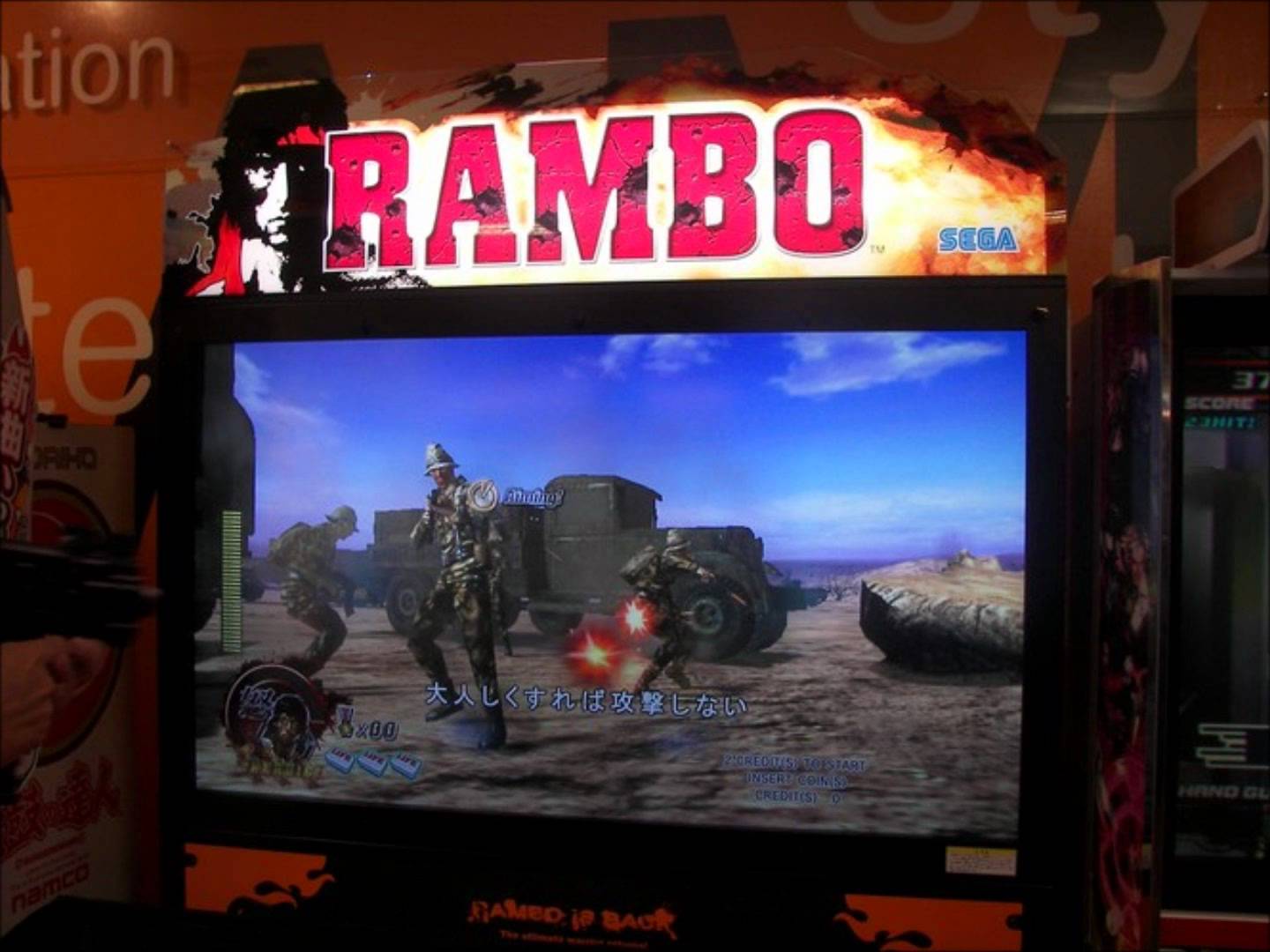


Rambo can take cover behind rocks or other obstacles. Holding the fire button charges the attack. He is armed with a bow and arrow, which is aimed with the D-Pad and fired with, , or. The player is given an extra life for completing a mission without losing a life.Īfter some of the missions, the perspective switches to a view behind Rambo and fights helicopters or tanks. The game ends if the player runs out of lives. He revives immediately with a brief period of invulnerability if the player has extra lives remaining. He can also be blown up by his own bombs. Rambo loses a life if he is hit by enemy fire. Some enemies lob grenades or set timed bombs. Įnemies fire slow-moving projectiles that can be dodged. Rambo is also equipped with three secondary weapons, which are switched with and used with. If fired while moving, it fires in the direction that Rambo is running if fired while standing still, it sweeps from side to side. The machine gun has unlimited ammunition. He can move and backtrack through the stages freely. He moves in any direction with the D-Pad.

The game is an overhead run-and-gun played as the soldier John Rambo. This game is part of a large collection of Mega Drive games in The Strong's collection that represent nearly 100% of all games released for that system.Rambo sets out on a dangerous journey to Afghanistan in order to rescue his former commander and his longtime best friend, Colonel Sam Trautman, from the hands of an extremely powerful and ruthless Soviet Army colonel. Mega Drive games also received re-release as part of collector's editions for the Sony PS2 and PSP, and other systems, as well as being available for download on the Nintendo Wii Virtual Console. Games continued to be released internationally as recently as 2002. The first successful 16-bit system, the Mega Drive's 14-year lifespan places it second only to the Nintendo Game Boy.

With seven distinct versions, it also has the largest number of licensed versions of any console. The Mega Drive/Genesis also supported a number of add-on components (32X, CD, Power Base Converter), making it one of the most flexible systems ever developed. The Genesis could do things that the NES simply couldn't. Sega also focused attention on its better graphics, speed, and sound, especially after the release of Sonic. These efforts were often successful, as Sega marketed the Genesis as hip, cool, and edgy. In addition to porting over popular coin-op games, Sega executives worked hard to lure developers away from Nintendo. Dubbed the Genesis, this version was developed with the American market and consumer in mind. A year later, Sega released the Mega Drive in the United States. Released in 1988, the Sega Mega Drive heralded the coming of the 16-bit era and inaugurated the Console Wars of the 1990s.


 0 kommentar(er)
0 kommentar(er)
